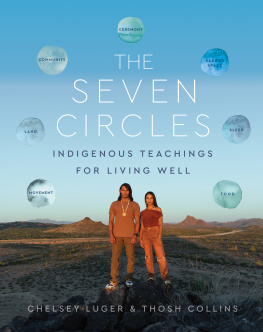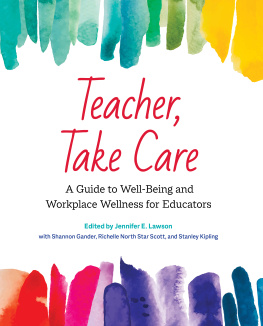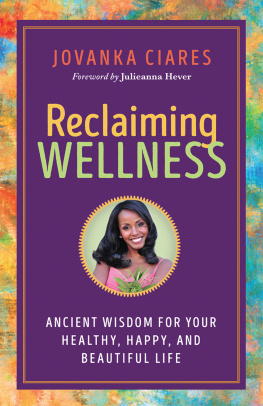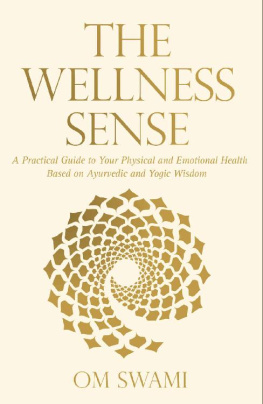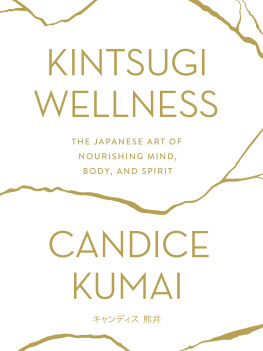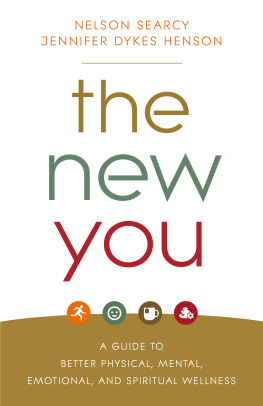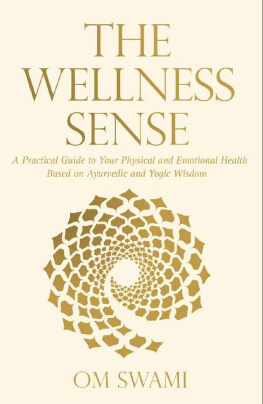
Karennenhawi Goodleaf and her daughter, Sakarahkoten, forage for wild herbs and plant medicines.
Indigenous traditions are the repository of vast experience and deep insight on achieving balance and harmony. At the time of their first contact with Europeans, the majority of Native American societies had achieved true civilization: they did not abuse the earth, they promoted communal responsibility, they practiced equality in gender relations, and they respected individual freedom.
Taiaiake Alfred, Peace, Power, Righteousness: An Indigenous Manifesto
There were ideals and practices in the life of my ancestors that have not been improved upon by the present day civilization; there were in our culture... influences that would broaden any life.
Luther Standing Bear, Land of the Spotted Eagle
AN INVITATION
O n a cool evening in Mohawk territory, a baby girl and her mom are gathering wild herbs. They walk up to the water to make a medicine offering, to reciprocate their harvest. The little girl, familiar with their ritual, digs into her moms basket to find a bag of tobacco. Her tiny fingers pinch the plant, and she places it gently on the shore. They step into the lake and watch the water ripple outward as they wash the herbs, a reminder that they are closely connected to the world around them. They make a difference. Baby listens while Mom speaks softly to Creator in the original language of the land, acknowledging the water: how it quenches thirst, holds babies in wombs, brings rain and renewal. Together, they are grateful.
Around the Indigenous world, from Aotearoa to Arizona to Alaska, there is one common practice that is shared by nearly all Native people. We begin with gratitude. With each new day, new season, new life, or new endeavor, words and actions of thanks are consciously, generously, deliberately expressed. So, to begin this book, we will honor that.
Today, we are grateful because our life is good. We know who we are, thanks to the ceremonies and teachings that we were raised with. We are proud of who we are, thanks to our peoples ability to rise above discrimination. We are wellness advocates who genuinely love our work and the people we servea joy that is all too uncommon in modern career life. The aim of our workand this book, by extensionis to help people heal: to make them feel grounded, seen, at ease, and in sync in this complicated, noisy world where its so easy to get lost. We live by, and have been healed by, the strength and power of our ancestral teachings. So we know that living in balance today, no matter who you are or where you come from, is truly possible.
This book teaches this treasured wisdomthe wellness worldview that our ancestors established and nurtured for good living, and that many in our communities continue to exemplify and practice today. The teachings in this book represent a diverse swath of Indian Country, which reflects the makeup of our family. We are both Native American, but we come from many different places. Chelsey is Anishinaabe from the Turtle Mountain Band of Chippewa, and Hunkpapa and Mniconjou Lakota from the Standing Rock and Cheyenne River Sioux tribes. She grew up on the frozen, wide-open Dakota prairies. Thosh is Oodham, Osage, and Seneca-Cayuga, born and raised on the Salt River Reservation in the desert Southwest, just near the ever-growing metropolis of Phoenix. Our tribal nations are as culturally and linguistically different from one another as Japan and China, or England and France, but our common thread is our Indigenous lineage, which from all sides ties us to the beginning of human history on these lands now known as North America.
Though we come from such different places in Indian Country, we somehow managed to cross paths at precisely the right place and time. (Our people say there are no coincidences, only synchronicity.) In 2013, we were both newly recommitted to personal wellness, we were both on a path to integrating ancestral practices into our healing journeys, and we were both eager to share our miraculously similar vision for Indigenous health with the world. As a writer (Chelsey) and a photographer (Thosh), we made a great team, and we used our skill sets to launch a website and social media platforms that contributed to the existing Indigenous wellness movement by offering a modern, sleek take on everything from tribal food sovereignty to fitness to mindfulness practices.
We got to work right away, and within a few months, we launched a website along with several social media channels. This was a moment in time when people from all fields, industries, and walks of life were just beginning to unlock the potential of online platforms like Twitter, Facebook, and Instagram as educational tools where diverse voices could finally be heard. As mainstream health and wellness platforms grew in popularity online, we anticipated the need for an Indigenous-focused version that would be culturally relevant, social justice oriented, and decolonized. There was nothing like it at the time. We were excited for the opportunity to fight stereotypes and for the world to see Indigenous people at our strongest; but more than that, we were motivated by our communities. We wanted every kid in Native Country to connect their culture to health and to know that not only did they belong in wellness, but they had something to offer to the conversation.
The name we chose for our initiative, Well For Culture, expressed a purpose. Our wellness worldview went beyond the superficial. We wanted to be well for our families, well for our communities, and well for the continuity of our culture. And we hoped to inspire others to do the same.
At first, all of this was just an enjoyable hobby that we focused on after work and between other commitments. We werent getting paid, but we were having a lot of fun, sharing Indigenous food recipes, shooting Earth Gym compilations for YouTube, and writing blog posts like Which Mocs Should You Rock for Your Workout? But before we knew it, Well For Culture took on a life of its own, and it became our full-time job. The calls came rolling in, so we began to travel all overfrom Indigenous community centers, to elite universities, to Nike world headquartersto share workshops about Indigenous healthy lifestyles. We havent stopped since.
After a few years of teaching, learning, and refining as we went, we formalized our wellness methodology by creating a new, unique model: a visual healing tool that is interconnected, dynamic, and cyclicalnot stagnant, rigid, or linear. It is called the Seven Circles of Wellness, and it includes movement, land, community, ceremony, sacred space, sleep, and food. These are all the aspects of healthy lifestyles that a person needs to live in balance. These are all the areas of living that our ancestors so brilliantly mastered. These circles are what we all need to incorporate into our wellness journeys today.
Now, we are honored by the opportunity to share the Seven Circles of Wellness with you. This book is an invitation. We welcome you to build strength, to heal, and to honor your whole self through Indigenous wellness philosophies and practices.

